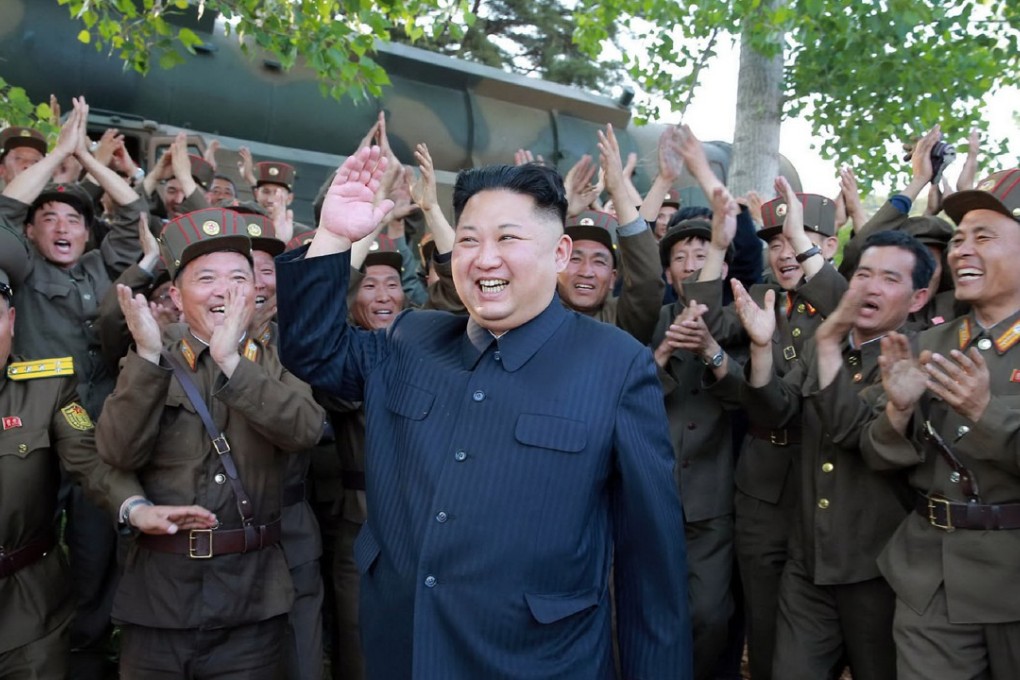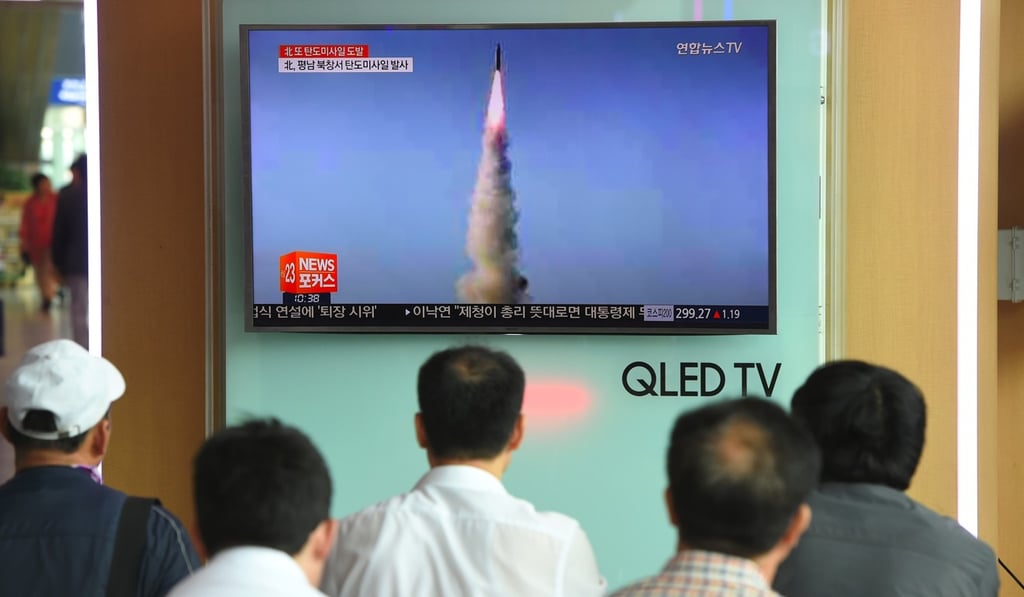Asian Angle | Opinion: North Korea is addicted to missiles – if intervention fails, it’s war
Kim Jong-un has come to fetishise his ballistic launches, the only high he can offer to counter the increasing lows of his people. Here are four ways to break the cycle

With every missile launch, the risk of an armed conflict in North Korea rises a notch – and so it is with Pyongyang’s confirmation that it “successfully” launched another medium-range ballistic missile on Sunday.
The weapon is now ready for military action, according to the state-run KCNA news agency, whose announcement seems to taunt the UN Security Council, which only last Monday warned North Korea to conduct no further missile tests. That demand itself followed a test of what North Korea said was a new type of rocket capable of carrying a nuclear warhead.
Given the rise in temperature, it’s critical for diplomats to de-escalate the situation. The best way is to bring Pyongyang to the negotiating table, then get it to scale back its actions on its own in return for the removal of sanctions on a step-by-step basis.
Is North Korea behind WannaCry virus?
This is how Tehran was encouraged to sign up to denuclearization under Iranian President Hassan Rouhani, who had been re-elected shortly before the deal was clinched on July 14, 2015. Despite persistent threats by US President Donald Trump to walk the nuclear agreement back, the deal remains intact and all economic sanctions against Iran have since been lifted.
On the surface, it seems tempting to pursue a similar path with North Korea – pursue talks, then de-escalate on a step-by-step basis, using the removal of sanctions as a carrot rather than the threat of force as a stick.
Yet, unlike Rouhani, Kim Jong-un does not appear interested in de-escalating the situation. On the contrary, he seems to regale in upping the ante time and again.

